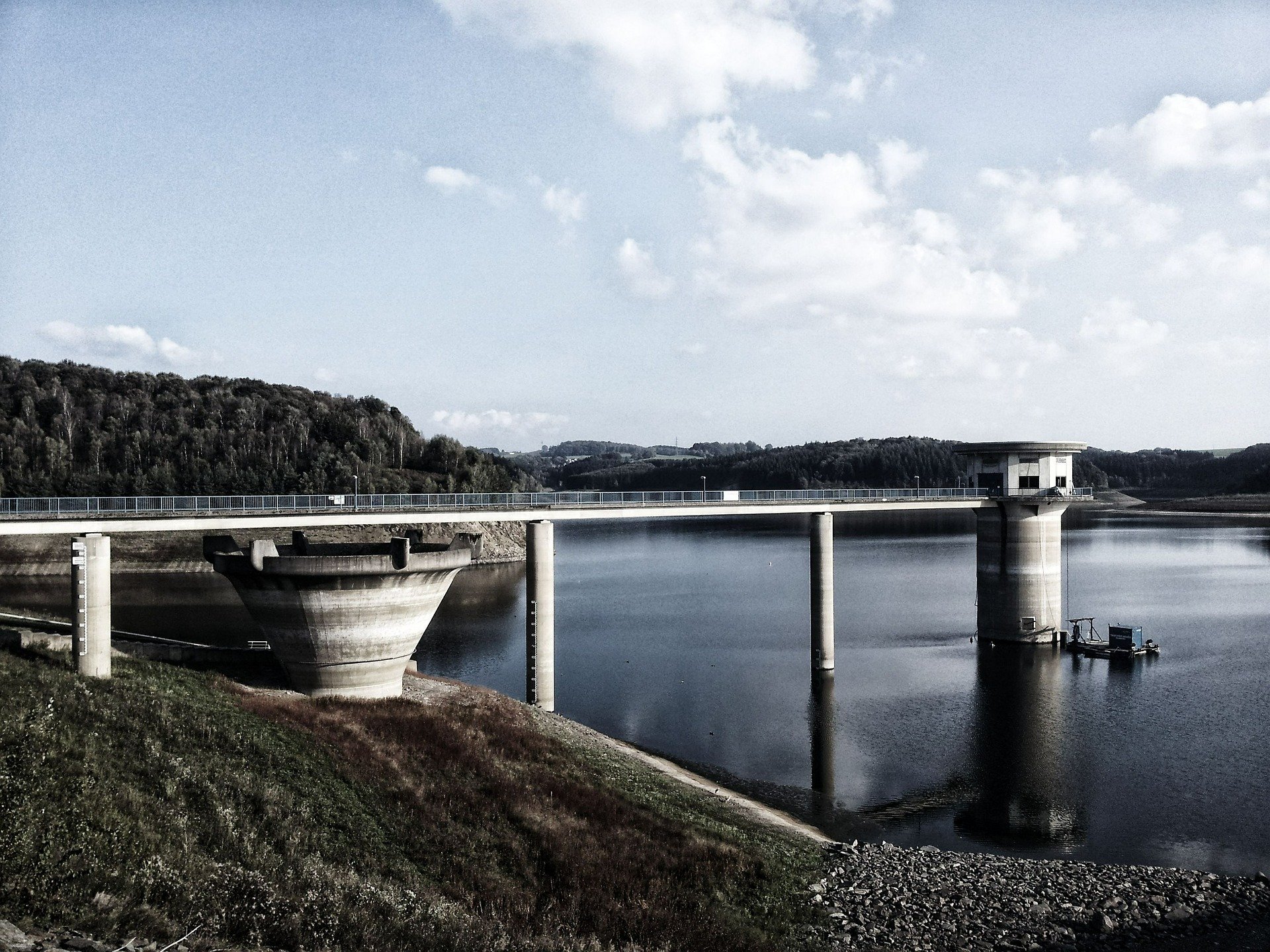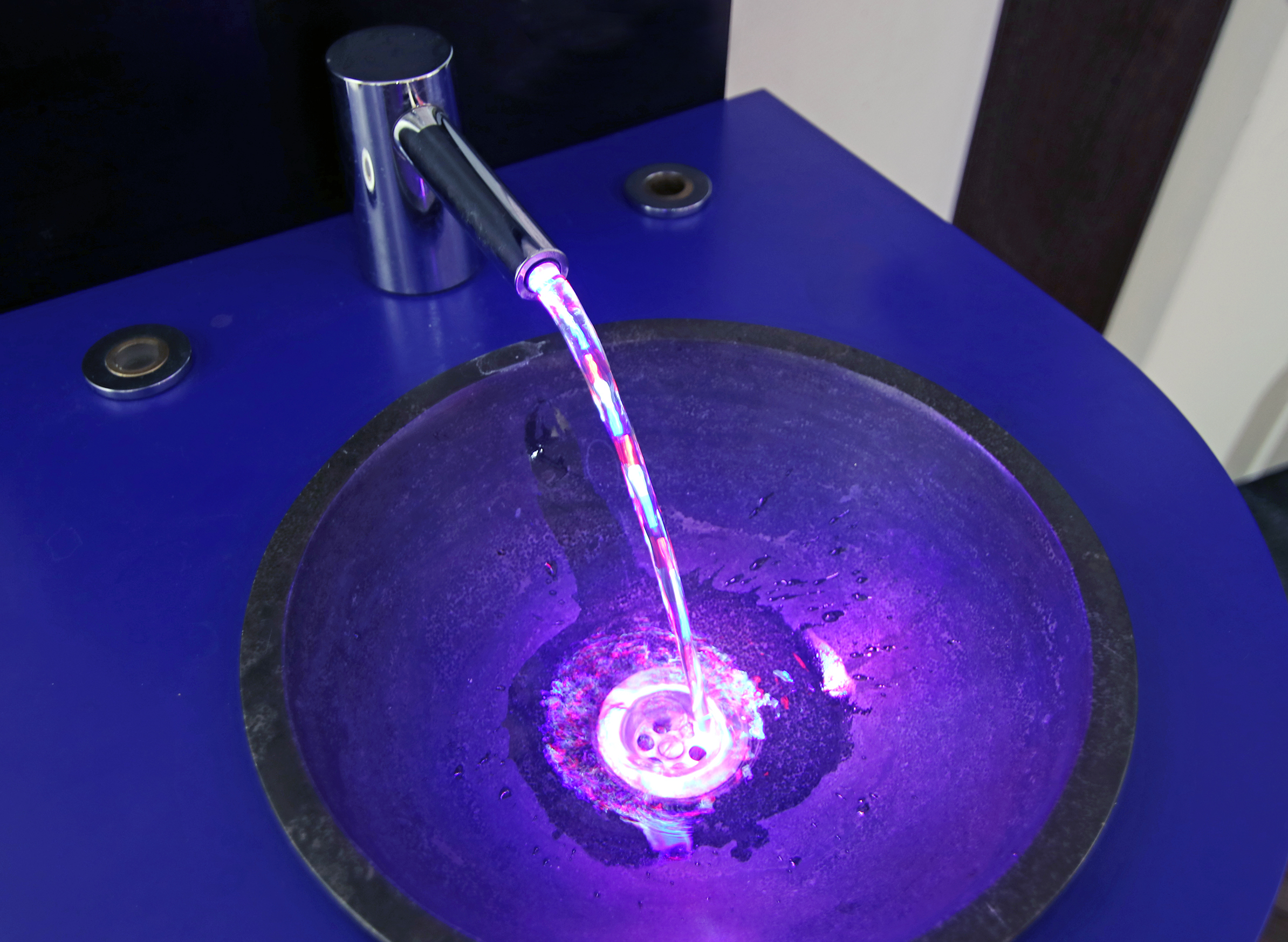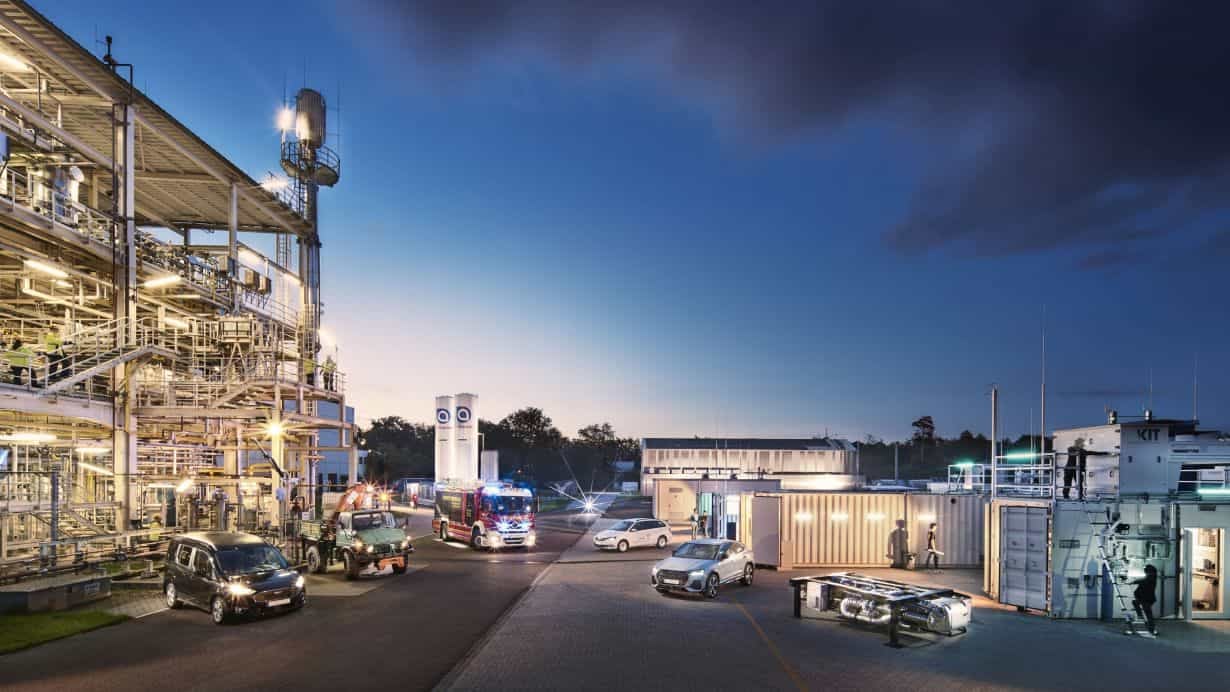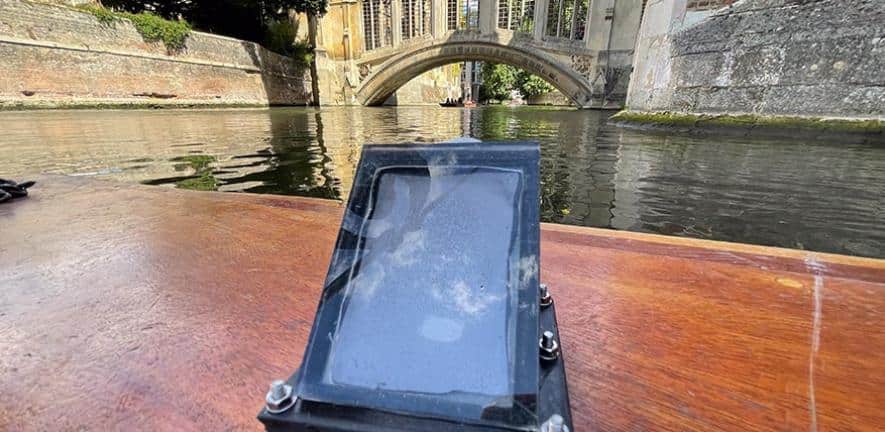
A German-Brazilian consortium led by the Karlsruhe Institute of Technology (KIT) has developed a new method to monitor the quality of water in reservoirs. This enables developing countries to monitor water quality in their freshwater reservoirs much more effectively and take measures when needed. One such measure is targeted afforestation in the catchment areas of the reservoirs.
According to the World Health Organisation (WHO), the availability of a sufficient supply of clean drinking water in the world is one of the major challenges over the coming decades. Reservoirs are indispensable for the supply of drinking water.
If a deterioration in the water quality is detected at an early stage, action can be taken in time. Reservoirs at risk can be kept in operation longer that way. Environmental models help in monitoring and assessing the inflow of substances and the water quality.
Vast amounts of data
However, current models require vast amounts of data and a great deal of effort in terms of technical measurements. This makes them unsuitable for use in regions with limited data. In three and a half years of research in Brazil and Germany, the interdisciplinary MuDak-WRM project has developed easy-to-use models and measurement techniques that are also freely available.
The project team has concentrated on the two main supply routes for pollutants. These are inflows of substances through soil surface erosion and inflows of wastewater from urban surroundings into the tributary areas of reservoirs. Große Dhünntalsperre, east of the German city of Leverkussen, and the Passaúna Reservoir in the Brazilian state of Paraná served as study subjects.
Online platform
“An important aspect was the automation of the processing of satellite data. This is used to calculate water balances and the inflow of materials, such as phosphorus and solid substances,” says Stephan Hilgert. He is a geoecologist at KIT’s Institute for Water and River Basin Management (IWG) and coordinator of the project.
Automation significantly simplifies the application of the models and their accuracy is also greater. The technique can also be used for measurements on other reservoirs. The consortium has developed a system to continuously register water quality. Data is recorded, stored and evaluated on an open source platform.
Afforestation of agricultural land
One of the threats to water quality in reservoirs is soil containing fertilisers that has been washed away. “In the subtropics, there is a lot of phosphorus-binding iron in the soil and consequently also in the reservoir sediment. However, iron only binds phosphorus as long as there is enough oxygen in the water. If there is a shortage of oxygen over a longer period of time when the water temperature rises, the phosphorus will dissolve. This results in the sudden massive growth of algae,” says Hilgert. “When that happens, the quality of the water rapidly deteriorates.”
The researchers have calculated that afforestation of just three per cent of the agricultural land in the Passaúna catchment could reduce the sediment inflow by up to 26 per cent. “The sandification of reservoirs, which invariably reduces their storage volume, presents a fundamental problem over the coming decades. This is because people are currently losing more storage volume than they are adding,” Hilgert said.
Also interesting: Brackish water as a solution to the growing demand for drinking water
Title photo: Große Dhünntalsperre







